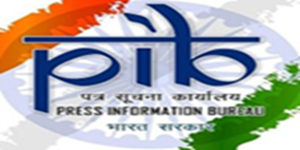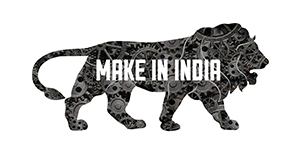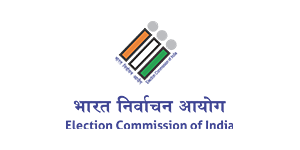Implementing Agency: - NIT, Manipur.
Water is the essence of life. In India, with a water crisis emerging all over the country, is facing a formidable challenge of availability of potable water and good water governance, which is critically important for the development of rural areas. In North-Eastern India, mainly Manipur, many people do not have access to basic water supplies with the majority of them being rural residents. Therefore, lack of access to safe drinking water from a well-managed system in rural areas constitutes a big constraint for well-being of rural populations.
Kameng and Maklang, villages under the subdivision of Lamsang, which lie in the northwestern of the capital city of Manipur, experience a severe shortage of potable water. The poor quality of water in these villages is a vital issue that has a major impact on the physical, mental and economic health of the families, thus affecting the survival and prosperity of the villages that threatens.
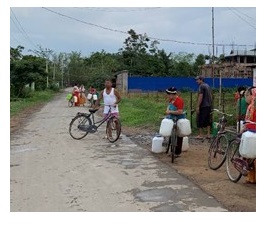
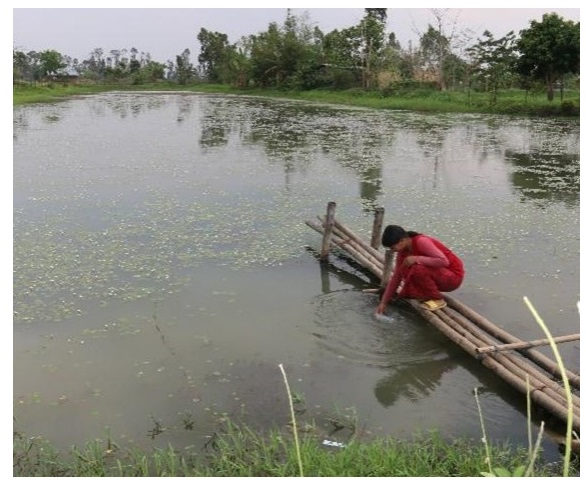
A study was undertaken by Dr. Potsangbam Albino Kumar, Associate Professor, Civil Engineering, NIT Manipur to analyse the linkages between the population and the water resources in the two villages. The water used in the villages is pumped or collected directly from the ponds without adequate treatment and therefore the quality of source water plays a critical role in determining the drinking water quality in the villages. After a thorough assessment of the water through testing, it was found that the water was contaminated with animal and human faecal and various impurities, which are of physical, biological, and chemical nature. The utilization of such poor-quality water causes waterborne diseases and their spread in the villages. In both the villages of Kameng and Maklang, about 50% to 60% of the diseases occur due to poor drinking water quality as reported in community health studies. It has been further noticed that the drinking water quality and quantity in both the villages are very low because of poor treatment of deteriorated water and practice of old sanitation system in rural areas.
In cooperation with the local communities of Kameng and Maklang villages, and supported by NECTAR, a low cost water treatment plant, based on roughing and bio sand filter was designed by PI, Dr. Potsangbam Albino Kumar and constructed for both the villages.
The aim of the project is to supply safe and wholesome water, distributed as widely as possible with the least initial cost and through a system that requires a minimum of maintenance on a sustainable basis. The Treatment plant was designed in such a way that the pond water available are treated using indigenous technique (combination of Roughing Filter and Slow Sand Filter) with low cost and easily available materials.
The designed plant catered to the need at both household and community levels. The main water source for this plant are the ponds. The raw water from the ponds is treated with the five distinct zones of the biosand filter. Pathogens and suspended solids are removed through a combination of biological and physical processes that takes place in the biolayer and within the sand layer. The untreated water is transferred into the reservoir of the plant on an intermittent basis. The water slowly passes through the diffuser and percolates down through the biolayer, sand and gravel (biosand filter). Treated water naturally flows from the outlet tube.
The construction of such a low treatment plant will bring a huge change in the availability of water in the villages. Similar project was undertaken at Nambol Village of Manipur where the treatment plant was successfully constructed and adapted in the year 2016. With a benefits of 50 lpcd, this project benefits of more than 450-500 villagers. The capacity of 9000 L per day is for the reservoir only and hence volume of treated water can also be enhanced by pumping more water from the intake pond.
Regarding the positive outcome from this low cost treatment plant, villagers spend less time in the efforts for physically collecting it, meaning they can be productive in other ways. Better water sources also mean less expenditure on health, as no health effects are a concern unlike the past due to untreated water. Few villagers who affords commercial water also minimised those expenditure. The best changes is the happiness of the villagers on the availability of good and clean water for the consumption which was never the case in the villages. This projects can be replicated to another villages easily however the availability of source of water (pond) is required where contamination is minimum and villagers controls the pond from pollution against cattle and other activities.
As the project cost Rs. 7.44 Lakhs per unit, and with 9000 L of pure drinking water treated per day, the total cost of the treatment plant can be recovered within 33 days when compared to the daily drinking water consumed by the villagers amounting to Rs.50 per 20 L drinking water. As such, no maintenance is required except cleaning the reactor sand once in 5 years or more. Therefore the project is very cost effective.

Outcome and People Benefited: -
With the support from NECTAR, NIT, Manipur has been able to optimize the materials for roughing filter bed like Gravel, sand, charcoal, coconut fiber and optimization of parameter such as Flow rate, concentration, Depth. The study on combination of Roughing filter and Biosand filter for effective treatment has also been done and the construction of Roughing filter and Biosand filter initiated.
| Category | |||||
|---|---|---|---|---|---|
| - | Others | SC | ST | OBC | |
| Number and details of Beneficiary (please give details for Male population) | Direct | - | - | - | 700 |
| Indirect | - | - | - | 50 | |
| Number and details of Beneficiary (please give details for women population) | Direct | - | - | - | 700 |
| Indirect | - | - | - | 50 |
आखरी अपडेट : 26-02-2025 - 16:46










